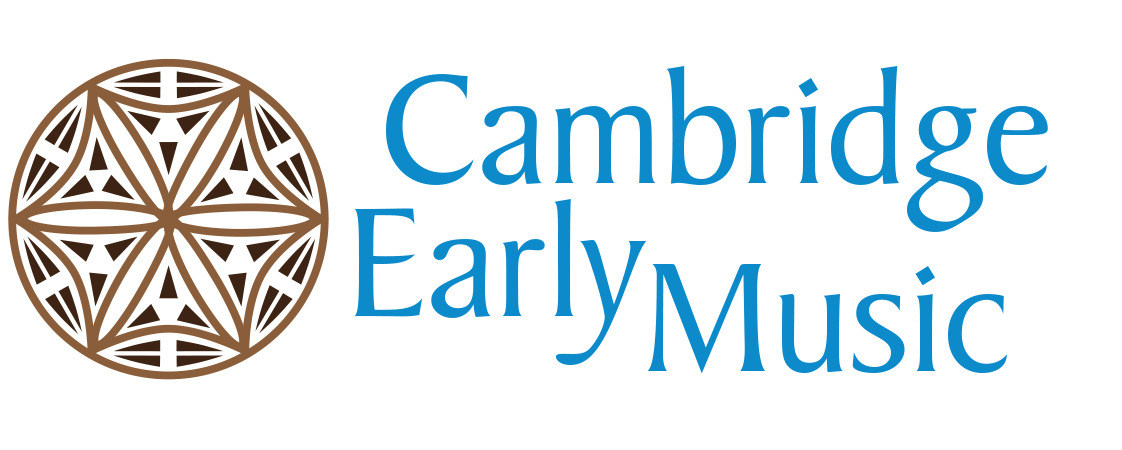The Gesualdo Six

Cambridge favourites, The Gesualdo Six return to CEM to open the new season with a highly unusual concert format! Follow the 6-part male voice ensemble on a tour of the villages circling Cambridge as they perform four short concerts.
Join us at one or more of these historic village churches for a ‘pick & mix’ of medieval and renaissance music:
Tickets are £15 per concert, £10 (students) or £50 for an All Day ticket, (£30 for students).
Read our interview with Owain Park.
11:30 St Andrew’s Church, Girton
The English in Europe – part I
The Gesualdo Six explore the transmission of sacred choral traditions in Renaissance Europe, shaped by patronage, pedagogy, and cultural exchange. At its core is the Contenance Angloise—a distinctive English style of rich consonance, flowing melodies, and controlled dissonance that influenced continental composers like Binchois and Brumel.
We trace English polyphony’s impact through Dunstaple’s Veni Sancte Spiritus and Du Fay’s Nuper rosarum ores, the latter commissioned for Florence’s cathedral consecration. This repertoire reveals the fluid boundaries between artistic transmission and cultural appropriation, underscoring English composers’ lasting imprint on European polyphony.
“The Gesualdo Six sang magnificently in tune; the ensemble was faultless. Their sound is precision-tooled for blend, perfectly rounded, and has the utmost ease and precision.”
OperaWire
PROGRAMME
Gilles Binchois Da pacem, Domine
Plainchant Asperges me – ‘faburden’ (from the Sarum Rite)
Antoine Brumel Da pacem, Domine
John Dunstaple Veni sancte Spiritus (found in both Modena B and ‘Old Hall’)
Guillaume Du Fay Nuper rosarum flores
Loyset Compère Quis numerare queat?
Adrian Willaert Infelix Ego
14:00 St Vigor’s with All Saints, Fulbourn
The English in Europe – part 2
The Gesualdo Six explore the transmission of sacred choral traditions in Renaissance Europe, shaped by patronage, pedagogy, and cultural exchange. At its core is the Contenance Angloise—a distinctive English style of rich consonance, flowing melodies, and controlled dissonance that influenced continental composers like Binchois and Brumel.
Walter Frye’s Ave Regina caelorum may have even appeared in artworks featuring sheet music, highlighting the interplay of music, architecture, and visual art. Paired Tota pulchra es settings by Forest and Mouton showcase Marian devotion as a vehicle for stylistic exchange, while settings of Sub tuum by Dunstaple and Brumel further reflect English influence on continental practice.
“Their sound seemed to float in mid-air before reaching the ears of the rapt audience… every line,
every gorgeous texture was radiantly clear.”
The Times
PROGRAMME
Jean Mouton Tota pulchra es
Walter Frye Ave Regina caelorum (Modena B)
John Forest Tota pulchra es
John Dunstaple Sub tuam protectionem
Antoine Brumel Sub tuum praesidium
Gilles Binchois Asperges Me
William Byrd Infelix Ego
16:00 St Mary the Virgin, Fen Ditton
Palestrina at 500
Palestrina was one of the most highly acclaimed musicians of the sixteenth century, and wrote a tremendous number of musical works, refining the musical style of his time. His compositions, characterised by a sense of elegance and balance, reflect his steadfast adherence to traditional melodic and harmonic conventions. Palestrina’s artistry also finds expression in the intricate interplay of secular and sacred madrigals, weaving narratives both poignant and jubilant.
“With the voices soaring and interweaving high above us, it occurred to me that it was no wonder that in centuries past, congregations sitting in the first gothic cathedrals believed in angels.”
Artstalk Magazine
PROGRAMME
Palestrina sacred works
Sicut cervus
Gloria from Missa Papae Marcelli
Super flumina Babylonis
Lamentationes Jeremiae Prophetae: Sabbato Sancto, Lectio III
Palestrina sacred madrigals
E tu Signor, tu la tua grazia infondi
Queste saranno ben lagrime
Palestrina secular madrigals
Io son ferito, ahi lasso
Quando dal terzo cielo
18:00 St Andrew and St Mary, Granchester
Spotlight on Carlo Gesualdo
The writing of notorious composer, Carlo Gesualdo is well known for its extreme style, with
chromatic melodies creating dissonant and disjointed harmonic progressions that illuminate
the most melancholy aspects of the dark texts he set. Alongside a selection of Gesualdo’s
atmospheric sacred music, focused on the darkness and shadows of Holy Week’s Tenebrae
services, The Gesualdo Six present four of his final madrigals, published in 1611.
“The whole programme moved forward by alternating between homophonic and polyphonic textures; between relative simplicity and complexity; between relaxation and tension… the effect was mesmerising.”
Limelight
PROGRAMME
Gesualdo sacred works
In te Domine speravi
Peccantem me quotidie
Tenebrae Responsories
i. Tristis est anima mea
ii. Tenebrae factae sunt
iii. O vos omnes
Gesualdo secular madrigals, Books 5 & 6 1611
O tenebroso giorno
Asciugate i begli occhi
Ancide sol la morte
Moro, lasso, al mio duolo
With generous support from Roger Mayhew
Other events which you may like
Riches d’amour
Catalina Vicens
Fri 28 Nov 2025 18:00 free to £20.00
St Catharine's Chapel
The Fair Maiden
The Sixteen
Fri 19 Dec 2025 19:30 free to £40.00
Trinity College Chapel
Cubaroque: Beyond the Song
Mulroy Kenny Carr
Thu 12 Feb 2026 19:30 free to £25.00
Pembroke College Auditorium



